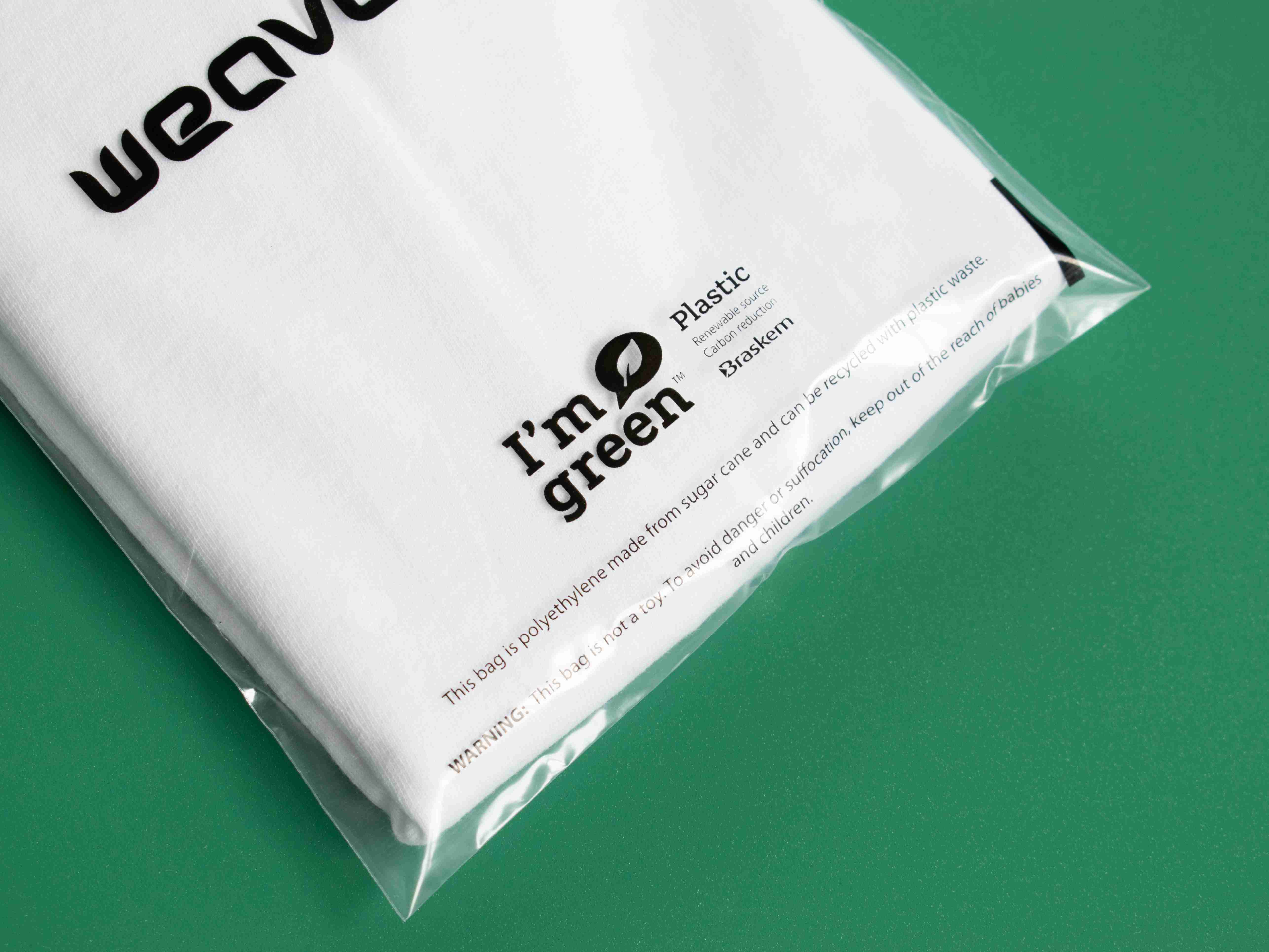How do retro football shirts support sustainable fashion?
What's the link between the retro football shirt trend and the future of sustainable fashion? This blog tells all.

Whether you're a football fan or not, it's hard to ignore the explosion in popularity of retro football shirts in recent years. Retro football shirts have become a fashion staple for many in an industry that shows no signs of slowing down.
Hidden behind the trend is that retro football shirts support a sustainable fashion industry. But how? And how can the wider fashion industry learn from the resale of vintage football shirts? This blog answers these questions and more.
The rise of the retro football shirt
Since 2019, the popularity of retro football shirts has exploded, particularly for those from the 1990s. The 90s are generally on trend in fashion, but the nostalgia associated with specific football periods has a firm grip on football fans, further boosting sales.
Many football fans want to own a piece of clothing history, whether it's the iconic Manchester United 1990 away shirt, the yellow and black zig-zag-patterned away shirt for Arsenal 1991/93, Holland's 1998 shirt or Gascoigne's Euro '96 England shirt.
When you consider that retro football shirts can cost up to £1000 each, depending on their rarity and legacy, it's no surprise that retro shirt giant Classic Football Shirts posted a turnover of £19.4 million for its 2022-23 financial year.
Classic Football Shirts is one of the most successful outlets ever, with over 10,000 shirts in its showroom alone, not including its warehouse stock. Other big names in the retro football shirt market include Mystery Football Kits, Vintage Football Shirts and Cult Kits.
Why are retro football shirts sustainable?
A big part of the sustainable fashion movement is the concept of circularity, which means no waste is produced. Instead, waste materials, garments and post-consumer surplus are returned to production through recycled materials or resale.
With less waste heading to landfills and fewer natural resources being used, the planet's environment is boosted rather than regularly depleted, as the fast fashion industry currently does.
The sale of retro football shirts closes the loop on fashion waste. The resale of vintage shirts and football products means the garments go somewhere other than landfills.
The retro football shirt movement has also generated demand and purchases that don't require garments made from raw materials that deplete the world's natural resources, further enhancing sustainability.
Football shirts, especially those made during the 1990s and early 2000s, will have been made from chemically derived materials such as polyester, which isn't biodegradable. If these shirts weren't resold and instead headed to landfills, they would result in waste that pollutes the environment.
How can new football shirts become more sustainable?
Thankfully, modern football shirts can be produced using more environmentally friendly practices than those manufactured in the 1990s.
Innovation within the fashion and sportswear industry now means that many sportswear materials can be made from recycled materials and are still of high performance and quality. For example, polyester can be made from recycled post-consumer plastic, such as water bottles and fishing nets.
In addition, the packaging football shirts are shipped in can be much more sustainable, and so can the trims. Whether water-soluble poly bags, recycled polyester care labels, organic cotton badges or heat transfers, the amount of eco-friendly packaging and trims available today is staggering.
But what about production? The demand for football shirts is massive, but many retailers still end up with excess products at the end of the season. Instead, production runs could happen on a demand data basis. Waitlists are set up before the release of a new kit so that brands have a more accurate view of just how many shirts and kits to produce.
Sustainable fashion: How can the industry learn from the retro football shirt trend?
The fashion industry can learn many practices from the retro football shirt sector to become more sustainable, and many brands are already doing so.
- Resale: The most obvious thing that can be taken away from the retro football shirt trend is how successful the resale of previous garments can be. Vinted and Depop are two of the most popular fashion resale platforms, and Zara and M&S have teamed up with Oxfam to resell surplus stock.
- Upcycling: Existing garments can be repurposed or enhanced — known as upcycling — to introduce another lease of life for a garment. Brands such as Patagonia and Beyond Retro invest heavily in upcycling post-consumer products.
- Recycling: Some retro football shirts will inevitably not sell, so instead, the materials can be recycled into new materials, further enhancing the circularity of a product. Zara and H&M are two big-name brands offering their customers recycling services.
Keep your finger on the pulse of sustainable sportswear trends
The insights don't stop here. For more inspiration on what's happening in the sportswear industry and how it could work for your brand, head to our sportswear hub to find insights, case studies and products to inspire you.










